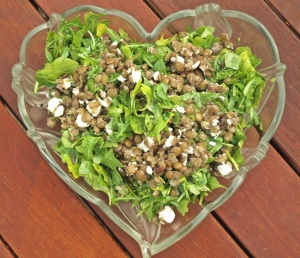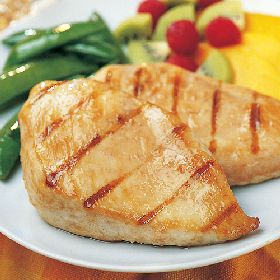Yield: 1
Ingredients
- 1/2 cup green lentils, rinsed
- 1 teaspoon + 2 teaspoons red wine vinegar (divided), plus more to taste
- 2 tablespoons olive oil
- 1 small shallot, minced
- 2 teaspoons honey, plus more to taste
- 2 large handfuls arugula, roughly chopped
- 2 tablespoons feta (plus more, depending on how much you like it!!)
Preparation
- Place lentils in a small pot and cover by about ½ inch with water. Add 1 teaspoon vinegar and a pinch of salt. Bring to a boil, reduce to a simmer, and cook until lentils are tender, about 25 minutes (this varies somewhat with lentils – start checking after about 15 minutes for doneness). Once tender but with a slight bite, turn off heat and drain if there is excess water. Allow to cool slightly.
- In a small skillet, heat olive oil over medium heat. Add shallot and cook until shallots are softened but not yet brown, about 2 minutes. Add vinegar, stirring all the while, and then add honey. Turn off heat and season to taste with salt and pepper. At this point you will need to taste and adjust seasoning depending on what you like: a little more honey for sweet, olive oil to thin out strong flavors, vinegar for acid, or salt and pepper.
- In a medium bowl toss arugula with a pinch each of salt and pepper. Add lentils and feta, and toss evenly with dressing. Serve.
Source: Practical Cooking for One







